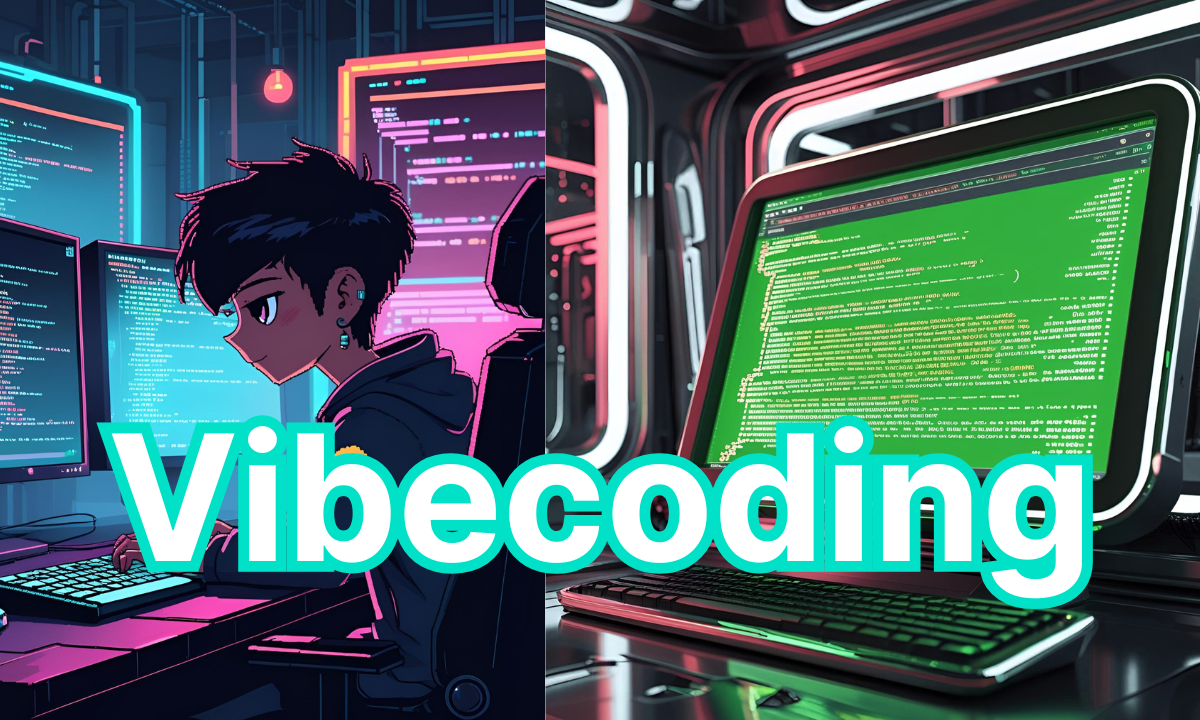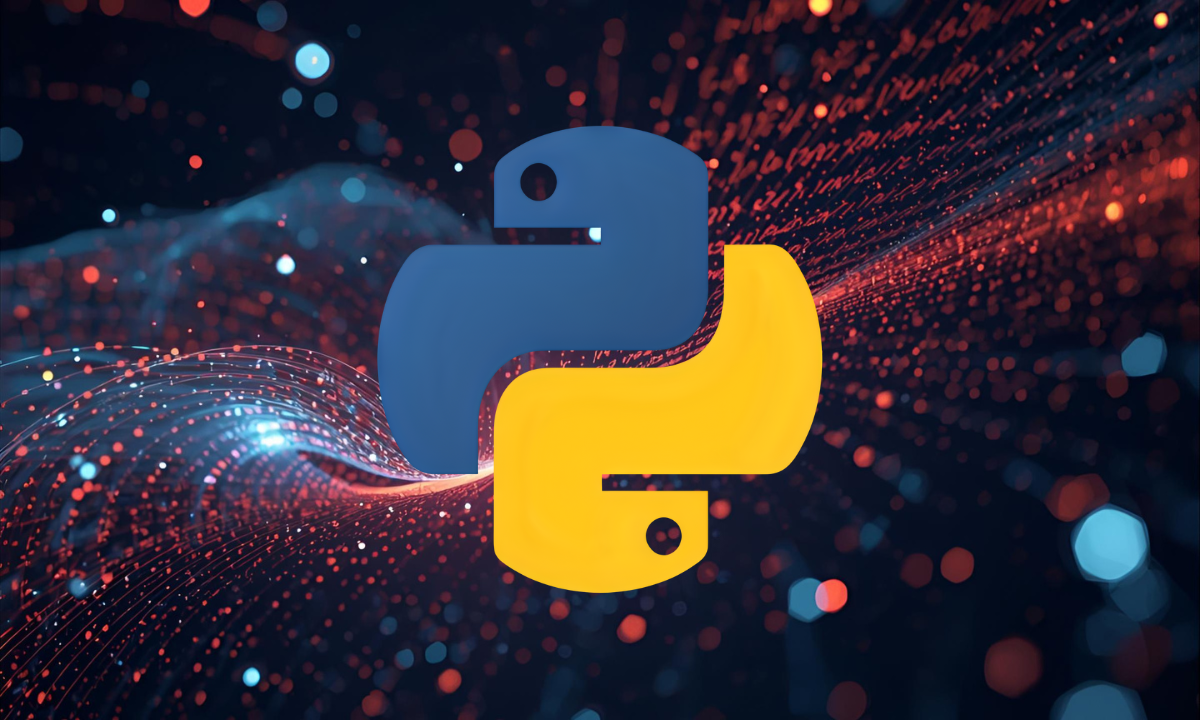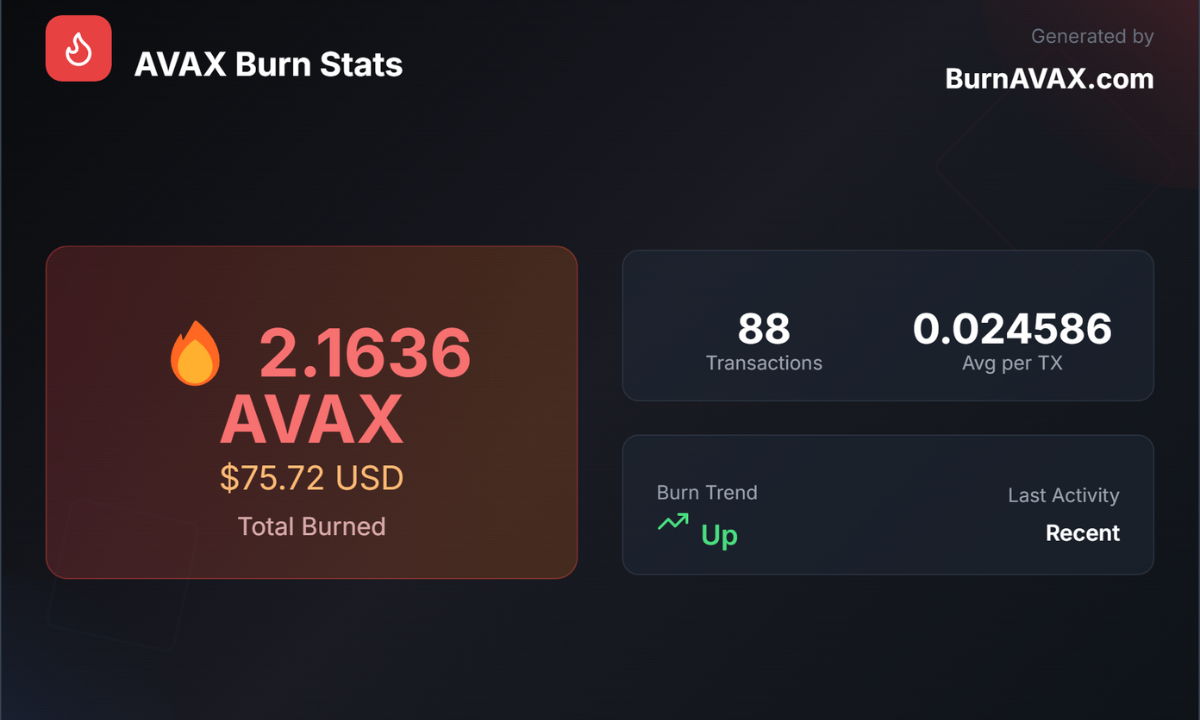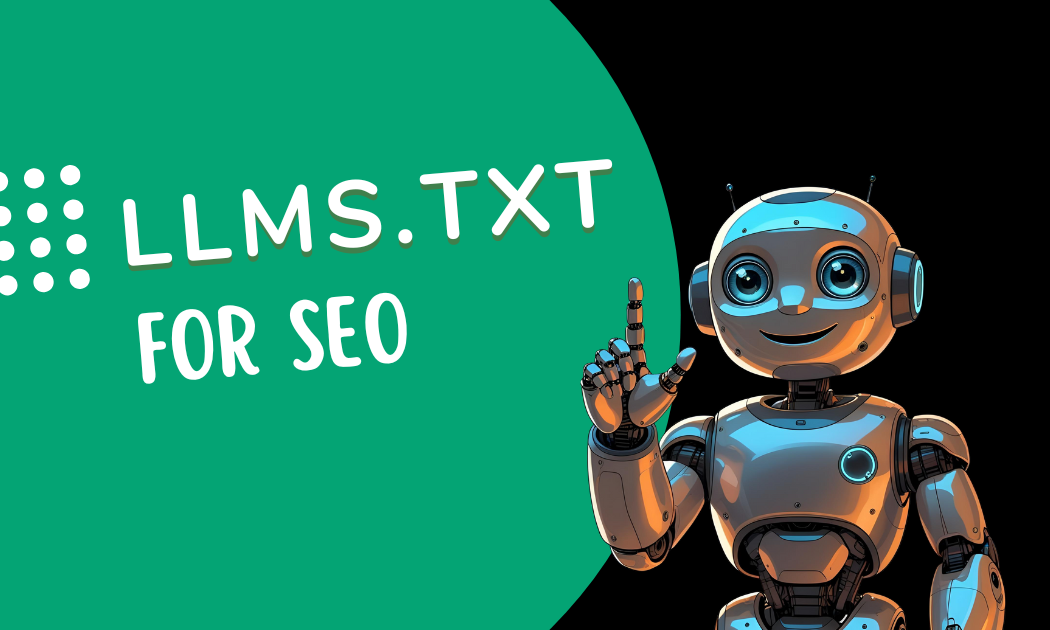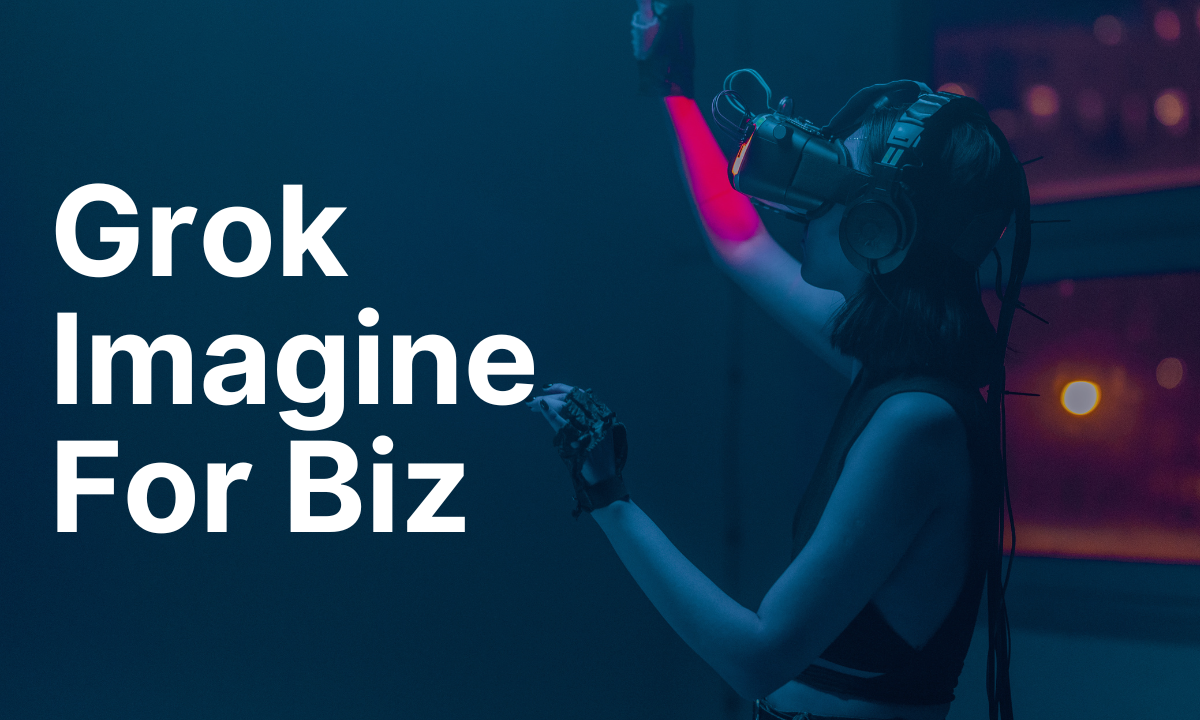A Beginner’s Guide to Vibe Coding: What It Is and How to Start
Vibe coding has emerged as a buzzword in the programming community, capturing the attention of beginners and seasoned developers alike. This trendy approach to coding blends creativity, intuition, and modern AI tools to create a more fluid, less rigid programming experience. For those encountering the term for the first time, this guide explains what vibe coding is, its origins, its benefits and risks, and how beginners can try it while staying grounded in solid coding practices.
What Is Vibe Coding?
Vibe coding refers to a relaxed, intuitive style of programming that prioritizes the “feel” of the process over strict adherence to traditional coding methodologies. Instead of meticulously planning every line of code or following rigid frameworks, vibe coders rely on experimentation, creative problem-solving, and, often, AI-powered tools to guide their work. The term draws inspiration from the idea of “vibing” in music or art—going with the flow and letting inspiration lead the way.
This approach often involves using AI coding assistants, such as GitHub Copilot or ChatGPT, to generate code snippets, suggest solutions, or even inspire new ideas. Vibe coding is less about writing perfect code from scratch and more about iterating quickly, embracing trial and error, and enjoying the creative process.
Where Did Vibe Coding Come From?
The term “vibe coding” gained traction in online programming communities, particularly on platforms like X and Reddit, around 2023. It emerged alongside the rise of AI-driven coding tools, which made it easier for beginners and non-traditional programmers to jump into coding without deep technical knowledge. The phrase itself is rooted in internet slang, where “vibe” describes a mood or intuitive sense of alignment with a task.
Posts on X highlight vibe coding as a response to the democratization of programming. As AI tools lowered the barrier to entry, more people—artists, musicians, and hobbyists—began experimenting with code in unconventional ways. These communities celebrated coding as a form of self-expression, coining “vibe coding” to describe their playful, exploratory style.
The Positives of Vibe Coding
Vibe coding offers several benefits, especially for beginners or those intimidated by traditional programming:
- Lower Barrier to Entry: AI tools and intuitive approaches make coding accessible to people without formal training, encouraging more diverse participation in tech.
- Creativity and Experimentation: Vibe coding fosters a mindset of playfulness, allowing coders to explore ideas without fear of failure. This can lead to innovative solutions or unique projects.
- Faster Prototyping: By leveraging AI suggestions and rapid iteration, vibe coders can quickly build functional prototypes, which is ideal for hackathons or personal projects.
- Engaging Learning Experience: The relaxed, enjoyable nature of vibe coding can motivate beginners to stick with programming, turning a daunting task into a fun hobby.
For example, a beginner might use an AI tool to generate a simple game in Python, tweaking the code based on gut instinct rather than a deep understanding of syntax. This hands-on approach can build confidence and spark a passion for learning.
The Negative Connotations of Vibe Coding
Despite its appeal, vibe coding has drawn criticism from some developers who argue it promotes sloppy or unsustainable practices. Common concerns include:
- Over-Reliance on AI: Using AI tools without understanding the underlying code can lead to “copy-paste programming,” where coders produce functional but fragile or insecure code.
- Lack of Structure: The freeform nature of vibe coding may discourage learning essential programming concepts like algorithms, data structures, or best practices.
- Perceived Unprofessionalism: In professional settings, vibe coding can be seen as amateurish, as it often prioritizes speed and creativity over maintainability and scalability.
- Risk of Burnout: Constant experimentation without clear goals can lead to frustration, especially if projects fail to progress beyond the prototype stage.
Critics on X have pointed out that vibe coding might give beginners a false sense of mastery, as AI tools can mask gaps in knowledge. This overconfidence can backfire when tackling complex projects or debugging errors.
How to Start Vibe Coding (Responsibly)
For beginners curious about vibe coding, it’s possible to embrace its creative spirit while building a strong foundation in programming. Here’s a step-by-step guide to get started:
- Choose a Beginner-Friendly Language: Start with languages like Python or JavaScript, which are versatile and have extensive AI tool support. Python, in particular, is known for its readable syntax, making it ideal for experimentation.
- Pick an AI Coding Assistant: Pick an IDE. Windsurf or Cursor are great starting points. Tools like GitHub Copilot, Replit, or Codeium can suggest code, complete functions, or explain concepts. Use these as a starting point, not a crutch.
- Set a Simple Project Goal: Choose a small, fun project, such as a personal website, a simple game, or a data visualization. The goal is to stay motivated while exploring.
- Experiment and Iterate: Write code, test it, and tweak it based on what feels right. Don’t worry about perfection—focus on making something that works.
- Learn as You Go: When AI generates code, take time to understand it. Look up unfamiliar terms or syntax using resources like MDN Web Docs (for JavaScript) or Python’s official documentation.
- Supplement with Structured Learning: Balance vibe coding with tutorials, courses, or books. Platforms like freeCodeCamp, Codecademy, or Coursera offer beginner-friendly lessons to build core skills.
- Join a Community: Engage with vibe coding communities on X, Reddit, Discord, or GitHub to share projects, get feedback, and stay inspired.
A sample project might involve creating a colorful to-do list app using HTML, CSS, and JavaScript. An AI tool could generate the basic structure, while the coder customizes colors and animations to match their personal style.
A Word of Caution
While vibe coding is a fun way to dip a toe into programming, it’s not a substitute for learning the fundamentals. Over-reliance on AI can create blind spots, especially when debugging or scaling projects. For instance, AI-generated code might work for a small script but fail under heavy use due to inefficiencies. To avoid this, treat vibe coding as a creative outlet rather than a complete methodology.
Additionally, always verify AI suggestions, as they can occasionally produce incorrect or insecure code. Cross-reference with trusted resources or ask for feedback in coding forums. The goal is to use vibe coding as a stepping stone, not a final destination.
Why Vibe Coding Matters
Vibe coding reflects a broader shift in how people approach technology. It celebrates creativity, accessibility, and the joy of making something from nothing. For beginners, it’s a reminder that coding doesn’t have to be intimidating—it can be as expressive as painting or writing music.
At the same time, the trend underscores the importance of balancing innovation with discipline. By combining vibe coding’s playful spirit with a commitment to learning, beginners can unlock their potential and contribute to the ever-evolving world of programming.
Ready to try vibe coding? Grab a laptop, pick a fun project, and let the creative vibes flow—just don’t forget to keep learning along the way.
